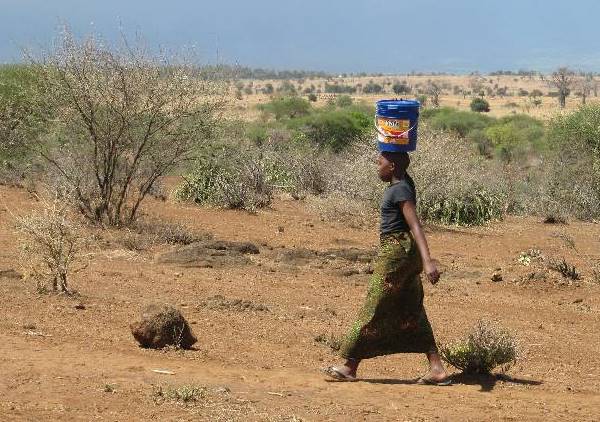Grasslands Secondary School - The Need

If you have not seen the situation with your own eyes it is hard to imagine the miserable conditions in which many children especially girls in Africa grow up. There are a great number of single mothers who barely manage to raise enough money to live on, as well as millions of orphans whose parents have died from various diseases. Many of these children are adopted by relatives, whose financial means are insufficient to enable the children to be educated. Children without relatives mostly live on the streets.
Only 1 in 5 girls in Sub-Saharan Africa are enrolled in secondary school. Secondary school in Tanzania is expensive in comparison to the average income. HIV/AIDS is so prevalent that by the time a girl reaches high school it’s likely that one or both of her parents have died or are too ill to care for the family. This loss of income wipes out what little money the family has for schooling.
Girls who drop out are more likely to get HIV/AIDS, die in childbirth and live in poverty. Girls in Africa who don’t complete secondary school have few options for financial support: marriage, domestic servitude and prostitution. Many marry as young as 14 years old. These girls have a one in 22 chance of dying in childbirth. One in six of her children will die before the age of five. Girls are at much greater risk for getting left behind than boys.
Sub-Saharan Africa accounts for 47 percent of out-of-school children worldwide, with 54 percent of those children being girls. Existing cultural attitudes in Sub-Saharan Africa place greater value on boys. It’s a familiar story. If the financial situation of a family forces parents to choose between sending their son or daughter to school, the son will typically win out. For many poor households, child labour is considered much more valuable than school attendance. Boys are seen as a better economic investment than girls whose financial worth lies in her ability to marry rather than earnability. The transition between primary to secondary school is a critical drop-out point.